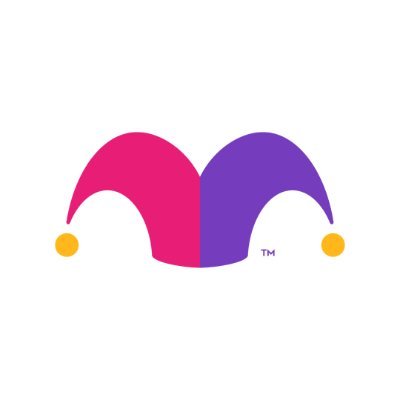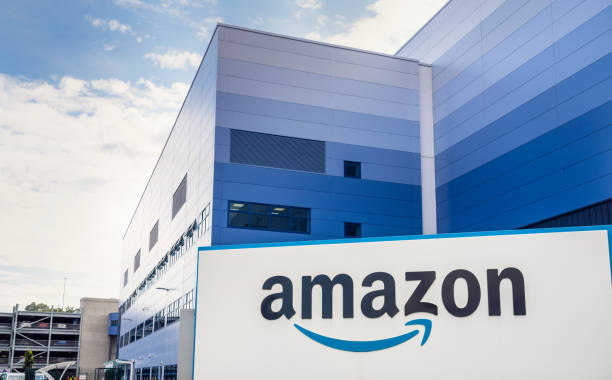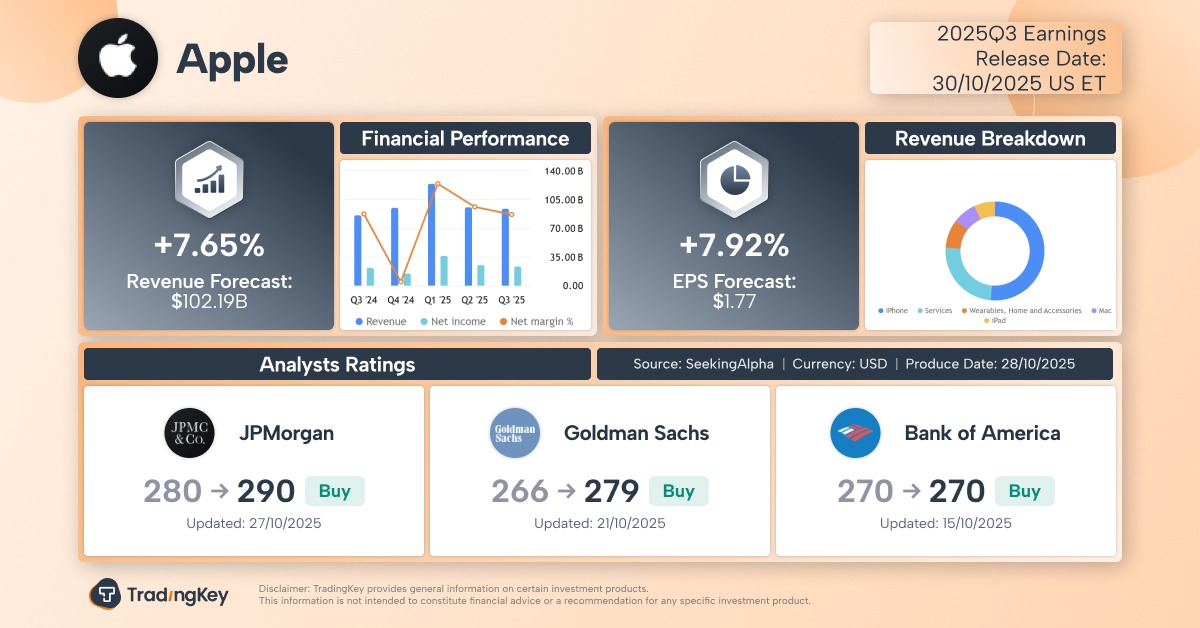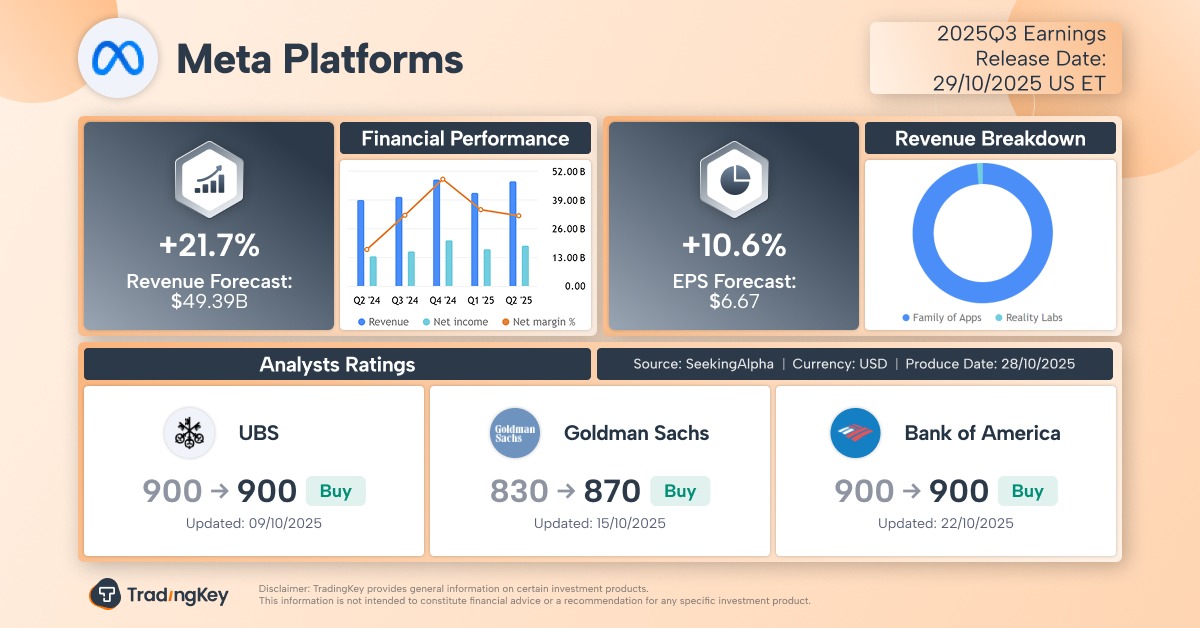Prediction: 1 Top Growth Stock Down 37% That Could Start Skyrocketing After Oct. 10

Once a high-flying stock, Tesla (NASDAQ: TSLA) battled several challenges in the past three years. Investors are concerned about the company's compressed operating margins, increasing competition in the electric vehicle (EV) landscape, the unexpected replacement of CFO Zachary Kirkhorn with Vaibhav Taneja in August, Elon Musk's corporate governance issues, employee layoffs, and difficult supplier relationships. The stock is currently down 37% from its all-time high in November 2021.
However, Tesla's fortunes may soon improve, especially after the much-awaited (and once-delayed) Robotaxi AI event, scheduled for Oct. 10. Investors expect Musk to unveil a purpose-built prototype of the two-door sedan called Cybercab equipped with autonomous driving technology and updates about the regulatory approvals and timelines for the Robotaxi business. In this event, they expect more information about the company's advanced autonomous driving capabilities and wireless charging technology.
Here's why it will make sense for retail investors to pick up at least a small stake in this EV giant ahead of the Robotaxi event.
Robotaxi can be a multitrillion-dollar market opportunity
Robotaxi's business could be the biggest growth catalyst for Tesla in the coming years. While MarketsandMarkets expects the autonomous taxi market to be worth $45.7 billion in 2030, Ark Investment Management's Cathie Wood has a dramatically more optimistic estimate of $8 trillion to $10 trillion. Wood also expects Tesla to eventually capture up to 50% share of the autonomous taxi market, and subsequently see its stock prices increase tenfold due to this opportunity.
Although these estimates may seem too high, the probability of Tesla's success in the autonomous taxi market is high. The company's fully self-driving (FSD) technology is currently rated at level 2 (limited autonomy), but is rapidly aiming for level 5 (which involves full autonomy without training on any network of roads). The FSD technology is also being trained with Dojo, one of the most powerful supercomputers in the world. With Tesla's cars having driven almost a billion miles using different levels of autonomy, the company has a huge amount of data to train its autonomous driving technology effectively.
Finally, Tesla has built a broad network of superchargers and operates a large fleet of vehicles in real time. These operational benefits can help attract customers from other competitors such as Waymo, a subsidiary of Alphabet, and Uber.
Optimus opportunity
The AI-powered Optimus humanoid robot is increasingly considered to be the next major advancement for Tesla. Musk expects the demand for Optimus robots to exceed 20 billion units, driving Tesla's market capitalization to $25 trillion in the long run.
While these estimates may seem too high, the growth opportunity in this market cannot be ignored. Morgan Stanley expects Optimus to eventually disrupt nearly 30% of the $30 trillion global labor market.
Interest rate cuts can boost demand
On Sept. 18, the Federal Reserve reduced the benchmark interest rate by 50 basis points -- the first cut since the start of the COVID-19 pandemic. The Federal Open Market Committee also plans to cut the interest rates by 50 basis points by the end of 2024, as indicated by its dot plot. These interest rate cuts bode well for Tesla, as they help boost demand by reducing the cost of financing and making EV purchases more affordable.
Despite facing intense competition from BYD, Tesla is still the global leader in the EV market -- albeit by a tiny margin. In the second quarter, Tesla delivered 443,956 EVs, 17,917 more than 426,039 by BYD. With lower interest rates reducing pressure on Tesla for price cuts, the company may also witness a significant improvement in profit margins in the coming months.
Energy storage remains a major strength
Tesla's energy business saw record energy storage deployments and profits in the second quarter. The company is also working to further double or triple output by increasing production in the U.S. factory and building a Megapack factory in China. All these initiatives may position Tesla as a global trader for green energy in the coming years.
Valuation has cooled off
Tesla's shares are trading at 8.8 times trailing-12-month sales, lower than their historical five-year average price-to-sales (P/S) ratio of 9.7x. While the valuation is not very cheap, it is still significantly low for a company riding the AI wave.
Hence, considering its technological capabilities and valuation correction, this may be a good time to pick up at least a small stake in this stock.
Should you invest $1,000 in Tesla right now?
Before you buy stock in Tesla, consider this:
The Motley Fool Stock Advisor analyst team just identified what they believe are the 10 best stocks for investors to buy now… and Tesla wasn’t one of them. The 10 stocks that made the cut could produce monster returns in the coming years.
Consider when Nvidia made this list on April 15, 2005... if you invested $1,000 at the time of our recommendation, you’d have $756,882!*
Stock Advisor provides investors with an easy-to-follow blueprint for success, including guidance on building a portfolio, regular updates from analysts, and two new stock picks each month. The Stock Advisor service has more than quadrupled the return of S&P 500 since 2002*.
*Stock Advisor returns as of September 23, 2024
Suzanne Frey, an executive at Alphabet, is a member of The Motley Fool’s board of directors. Manali Pradhan has no position in any of the stocks mentioned. The Motley Fool has positions in and recommends Alphabet, BYD Company, Tesla, and Uber Technologies. The Motley Fool has a disclosure policy.







